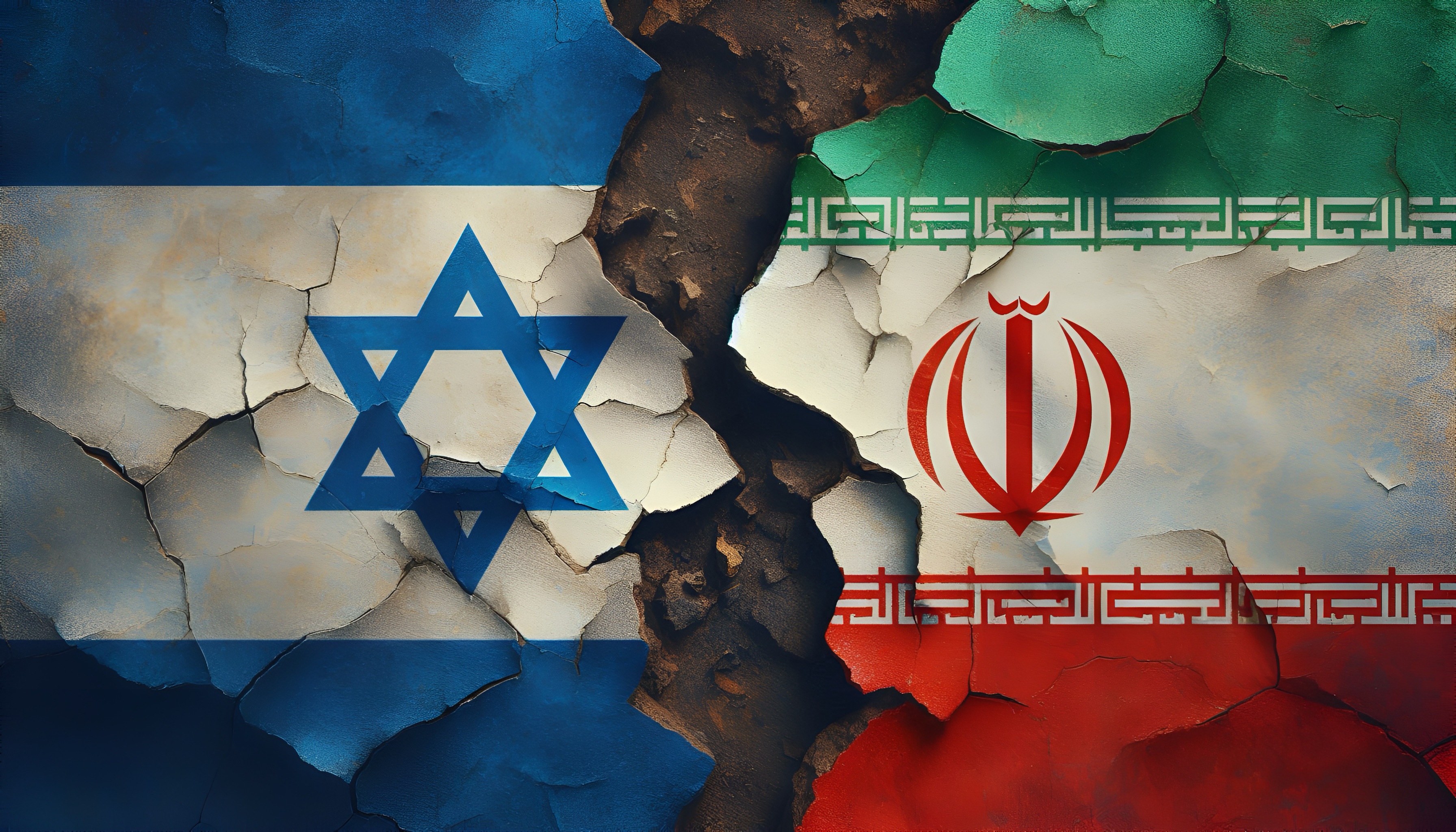By striking Iranian infrastructure dedicated to the development of its nuclear program as well as military capabilities, Israel has launched the most significant offensive against the Islamic Republic since the war against its Iraqi neighbor in the 1980s. These operations, which have already lasted three days and caused material and human damage greater than anything previously observed, appear to be continuing. For the moment, Israel is targeting almost exclusively the Revolutionary Guards and military infrastructure, avoiding major oil or political sites, which suggests a targeted pressure strategy rather than the objective of regime overthrow. Faced with this, Iran, economically weakened, diplomatically isolated, and militarily limited, does not appear able to respond head-on, and the mobilization of its historic regional allies (Hezbollah, Houthis, Shiite militias in Iraq) seems unlikely due to their weakening. This leaves the scenario of a blockage of the Strait of Hormuz, through which approximately 20% of the world's oil transits. This scenario is unlikely, as it would be detrimental to the country, but it would be enough to propel the price of a barrel above $100, far from the $73 reached at the end of last week. Iran seems to have understood this, since at the time of writing, the regime appears to be showing a willingness to end hostilities with Israel and resume negotiations regarding its nuclear program.
Over the past week, the S&P 500 fell 0.4%, the Nasdaq 0.6%, and the Dow Jones Industrial Average lost 1.3%, erasing their annual gains. The markets had started the week positively, buoyed by reassuring economic indicators. US inflation slowed slightly to 2.4%, compared to an expected 2.5%, and consumer confidence rebounded, with the Michigan index at 60.5% versus the forecast of 53.5. Hopes of an agreement between the United States and China also helped boost investor morale. But this momentum was quickly interrupted by the escalation of tensions in the Middle East. Volatility increased sharply, with the VIX above 20, gold reaching a new high of $3,450 per ounce, while US bonds and the dollar appreciated in a retreat toward safe-haven assets.
In Europe, markets started the week higher, driven by a more favorable climate, marked by a slight decline in inflationary pressures and signs of stabilization in activity, particularly in services. In Germany, falling producer prices reinforced expectations of an ECB rate cut, leading to an easing of bond yields. But the geopolitical escalation quickly weighed on equities, with the Stoxx 600 ending the week down 1.6%, dragged down by the correction in cyclical stocks such as industrials, automobiles, and luxury goods.
Asian markets initially welcomed the improvement in trade dialogue between Beijing and Washington before being shaken by geopolitical conflicts: Japan lost 0.5% and China 1.6%.










